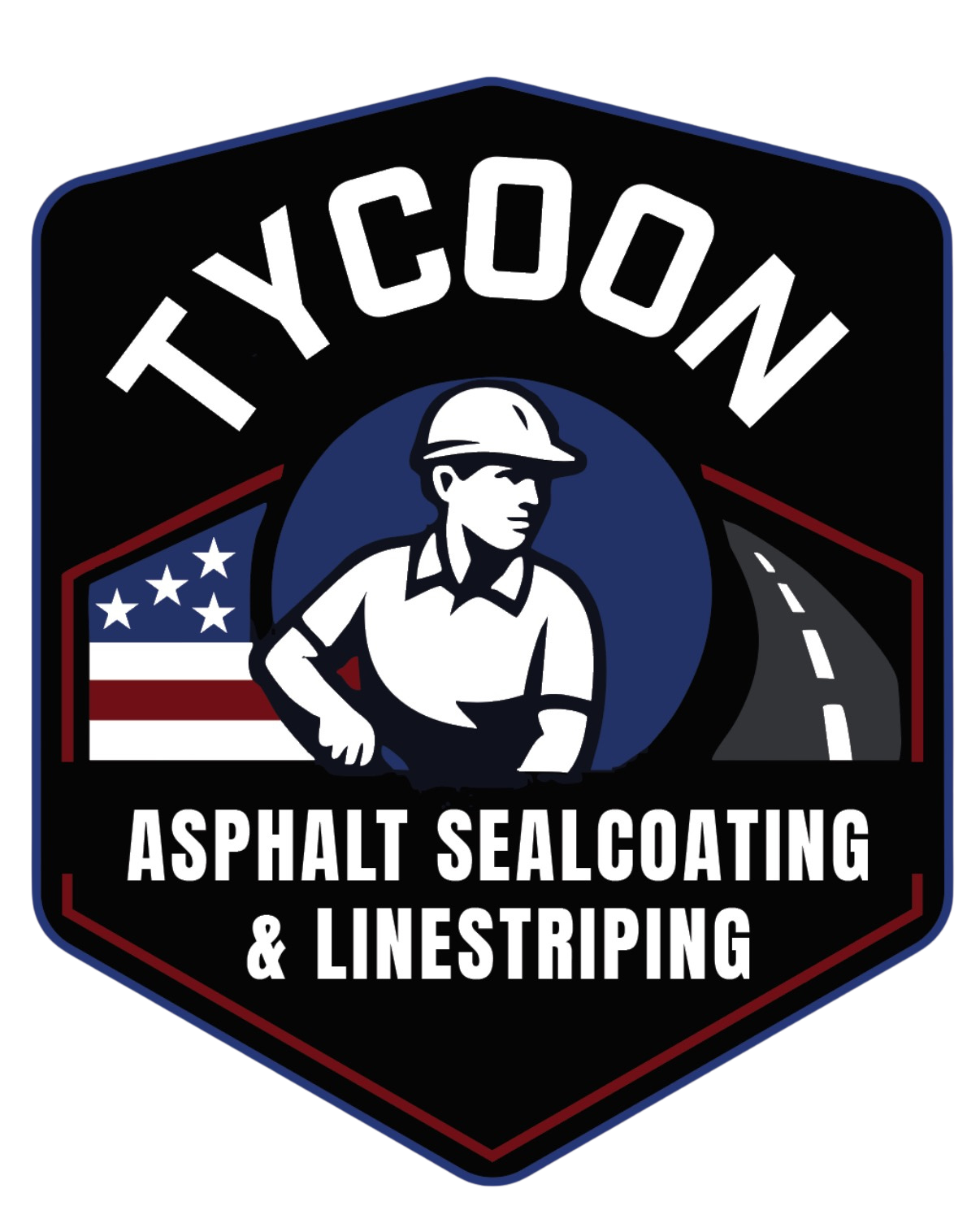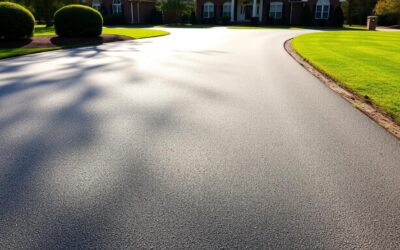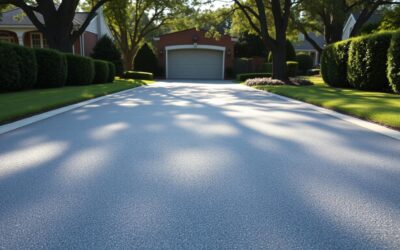We walk through a simple way to alert the city and state crews when a pothole threatens our streets. This short guide shows how to reach the right officials and what to include so crews find the exact spot fast.
We also cover safety tips AAA urged drivers to use: slow down, increase following distance, and watch for irregular pavement. If we hit a hole, check tires and wheels for damage and have steering, suspension, and alignment inspected.
For issues inside Mecklenburg County, we explain when to use the city’s online form or call the Street Maintenance number, and when a state hotline is the right route. We note that crews do temporary cold-mix work in winter and schedule permanent hot-mix repairs in warmer months.
This intro prepares us to act quickly, protect our car on the way to work or school, and help officials fix trouble spots faster.
How we report potholes to the City of Charlotte, step by step
Here’s a clear, step-by-step way we can alert the city when a street needs repair. Start with the online form because it routes directly to the team that dispatches crews.
Use the online Report a Problem form for city streets
We open the Report a Problem/Pothole Repair form and add a precise street address, cross streets, and a block range. We attach well-lit photos from a safe distance so crews can verify the exact location and lane.
Call Street Maintenance during business hours at 704-336-4119
If we need to clarify whether a road is city-maintained, we call Street Maintenance during normal hours. Talking helps when an area needs immediate guidance or confirmation.
Details to include and what happens after we submit
Always note nearby landmarks, travel direction, and which lane the defect affects. In cold weather crews often use temporary cold-mix; permanent repair follows when temperatures allow. Keep the form confirmation so we can follow up if more issues appear later.
report pothole charlotte nc on state-maintained roads in Mecklenburg County
When a state-maintained stretch shows road damage, we need to know whether NCDOT handles the fix. Highways, major corridors, and routes signed as US or North Carolina often fall under state care rather than city crews.
When it’s an NCDOT road: how to tell city vs. state streets
We first check signs and route numbers to confirm whether the road is state-managed. If the surface sits on a busier corridor or has route shields, it likely belongs to NCDOT and not to our city maintenance team.
Report to NCDOT: 919-715-7000 hotline or online form
When we suspect a state route, we contact the 919-715-7000 hotline or use NCDOT’s online form to report potholes quickly. We include mile markers, nearest interchange or cross street, lane location, and notes about traffic speed or sight distance so officials can schedule work safely and at the right time.
Report with your phone: using the My Charlotte mobile app
Using the My Charlotte app gives us a fast, mobile way to flag road damage and send details to city staff. The app keeps location data and photos together so staff can act without a follow-up call.
Download My Charlotte from the Apple App Store
We open the Apple App Store, search “My Charlotte,” and install the free app. This gives us a quick way to file a short form whenever we find trouble on a street in north carolina.
Navigate to 311: Road Issues → Potholes
Inside the app we tap 311, choose Road Issues, then Potholes. The screens ask for an address, block range, and lane location so crews can find the exact spot.
Attach photos, add block range, and submit to CharMeck 311
We attach clear, well-lit photos that show the defect in context. Add nearby landmarks and travel direction, then submit to CharMeck 311 so the request enters the city workflow.
Tracking your request and staying updated
After submission we watch the confirmation in the app. If a hard hit affected our car or tires, we check for damage once parked and upload new photos or notes in the app so staff and crews have current info.
Stay safe and protect your car while we wait for repairs
While repairs are scheduled, we take steps to protect ourselves and our vehicles. We drive with extra care on streets where crews will work and keep a lookout for trouble ahead.
AAA-backed driving tips: slow down, scan, beware of puddles
We slow down and scan the road so we have time to avoid hazards. AAA advises drivers to increase following distance and treat puddles with caution because they can hide deep holes that cause sudden damage.
Check tires, wheels, and alignment after a hard hit
If we hit a pothole, we pull over safely and inspect tires for blisters or cuts. We also look for bent rims or vibrations that suggest suspension or alignment issues on the impacted side.
When we notice pulling, shaking, or new noises, we schedule a quick check with a trusted shop. Early attention limits further damage and costly repairs.
Why potholes form and when permanent repairs usually happen
Potholes form when water seeps under pavement and freeze/thaw cycles break the surface, and heavy traffic speeds the wear throughout the year. Crews often use temporary cold-mix in winter and schedule hot-mix repairs in warmer months for a long-lasting fix.
We slow near known trouble spots on the way to work or school and keep tires properly inflated. That simple care helps protect our tires and reduces the chance of serious damage.
Let’s keep Charlotte’s roads safer together
We can make local roads safer by sending clear, timely details to the right crews. Use the city form or the My Charlotte app for city streets, and call NCDOT for state routes in Mecklenburg County and across North Carolina.
When we log a problem, note which side of the road is affected, add photos, and mention nearby landmarks. That helps crews save time and avoid extra trips.
Remember colder months often mean temporary patches and that permanent hot-mix repairs usually occur April–November. Slow down, scan ahead, and check tires and wheels after any hard hit.
If we all take a moment to report potholes and share precise info, our daily drives and our cars get safer sooner.




0 Comments